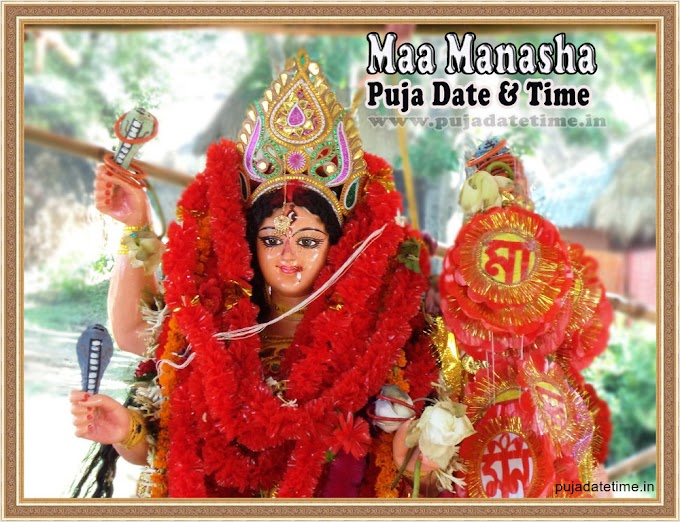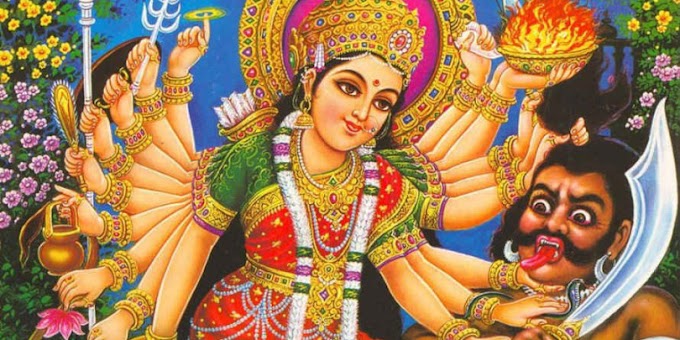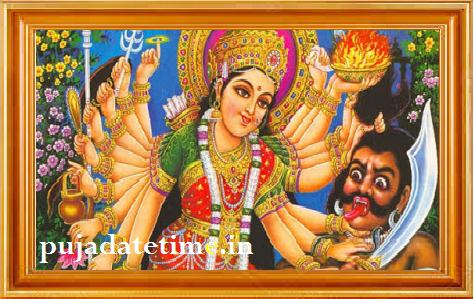Bihar Diwas: A Celebration of Culture, History, and Progress
Bihar, one of the oldest inhabited regions in the world, has a rich and diverse history that spans over thousands of years. From the mighty Mauryan Empire to the vibrant Mughal culture, Bihar has witnessed the rise and fall of several powerful kingdoms and civilizations.
Today, Bihar is a state in India that is known for its cultural heritage, political significance, and growing economy. And on March 22nd each year, the state celebrates Bihar Diwas, a day dedicated to commemorating its history and progress.
In this blog post, we will delve deeper into the significance of Bihar Diwas, its history, and how it is celebrated today.
What is Bihar Diwas?
Bihar Diwas is an annual celebration that marks the establishment of the state of Bihar on March 22, 1912. On this day, the British Government carved out the state of Bihar from the Bengal Presidency as a separate administrative unit.However, the history of Bihar dates back much further than the colonial era. The region was home to several ancient empires, such as the Mauryan Empire founded by Emperor Chandragupta Maurya in 322 BCE. The Mauryan dynasty ruled over most of present-day India, including parts of Afghanistan and Iran, and created a vast network of trade and commerce.
Bihar was also a center of intellectual and spiritual development during the Golden Age of India, with renowned scholars and thinkers like Aryabhata, Chanakya, and Vatsyayana hailing from the region.
Despite the historical richness of Bihar, the state has faced numerous challenges in recent times, such as poverty, unemployment, and lack of infrastructure. Bihar Diwas serves as a reminder of the state's glorious past and an occasion to celebrate its progress and potential.
History of Bihar Diwas
The idea of celebrating Bihar Diwas was first proposed by Nitish Kumar, the current Chief Minister of Bihar, in 2010. He had noticed that other states in India, such as Maharashtra and Tamil Nadu, had been celebrating their statehood days for years, and felt that it was time for Bihar to do the same.
The first Bihar Diwas was celebrated on March 22, 2012, to mark the 100th anniversary of the creation of the state. The day was marked by various cultural and educational events, including a seminar on Bihar's history and a parade showcasing the state's traditional arts and crafts.
Since then, Bihar Diwas has become an annual event that is eagerly awaited by people across the state. The celebrations have grown bigger and more elaborate with each passing year, with the government and private organizations coming together to organize a range of activities.
Significance of Bihar Diwas
Bihar Diwas holds immense significance for the people of Bihar as it celebrates their identity and culture. It is also an occasion to reflect on the state's achievements and challenges and to chart a path for its future development.One of the key objectives of Bihar Diwas is to promote tourism in the state by showcasing its rich cultural heritage. Various tourist destinations, such as Bodh Gaya, Rajgir, and Vaishali, are highlighted during the celebrations, and cultural programs are organized to showcase the state's traditional folk music, dance, and cuisine.
Another important aspect of Bihar Diwas is the recognition and celebration of the state's contributions to the country and the world. Bihar has produced numerous luminaries in various fields, such as literature, politics, sports, and science, who have made significant contributions to Indian society and beyond.
Celebrations of Bihar Diwas
- The celebrations of Bihar Diwas are marked by a range of activities and events that showcase the state's rich culture and heritage. Some of the key highlights of the celebrations are:
- Cultural Programs: Various cultural programs, such as folk music and dance performances, are organized across the state to showcase its rich cultural heritage.
- Art Exhibitions: Art exhibitions featuring the work of local artists are held to highlight the state's artistic and creative potential.
- Food Festivals: Food festivals showcasing traditional Bihari cuisine, such as litti chokha, sattu paratha, and makhana kheer, are organized to give people a taste of the state's culinary delights.
- Educational Seminars: Educational seminars on topics related to Bihar's history, culture, and development are held to promote awareness and understanding among the people.
- Sports Events: Sports events are organized to promote physical fitness and encourage young athletes to showcase their talent.
- Award Ceremonies: Awards are given out to individuals who have made significant contributions to Bihar in various fields, such as literature, politics, and social work.
Conclusion
Bihar Diwas is an occasion to celebrate the rich cultural heritage, history, and progress of the state of Bihar. It serves as a reminder of the state'sFAQs of Bihar Diwas
Sure, I can help you with FAQs related to Bihar Diwas.
- Q1. What is Bihar Diwas?
A1. Bihar Diwas is celebrated every year on March 22nd to commemorate the formation of the state of Bihar in 1912. - Q2. Why is Bihar Diwas celebrated?
A2. Bihar Diwas is celebrated to honour the rich cultural heritage and history of Bihar and to mark the day when Bihar was carved out of the Bengal Presidency as an independent state. - Q3. When did Bihar become a separate state?
A3. Bihar became a separate state on March 22, 1912, under the British Raj. - Q4. How is Bihar Diwas celebrated?
A4. Bihar Diwas is celebrated with great enthusiasm and fervour across the state. Various cultural programmes, exhibitions, seminars and competitions are organized to showcase the rich cultural heritage of Bihar. The government also announces various schemes and initiatives for the development of the state. - Q5. Is Bihar Diwas a public holiday?
A5. Yes, Bihar Diwas is considered a public holiday in the state of Bihar. - Q6. What is the significance of Bihar Diwas?
A6. Bihar Diwas holds great significance as it celebrates the spirit of unity, diversity and brotherhood among people of all religions, castes and cultures in Bihar. It provides an opportunity to reflect on the rich legacy of the state and the contributions made by its people towards the progress and development of the nation. - Q7. Who initiated the celebration of Bihar Diwas?
A7. The then Chief Minister of Bihar, Nitish Kumar, initiated the celebration of Bihar Diwas in 2010. - Q8. What is the theme of Bihar Diwas 2021?
A8. The theme of Bihar Diwas 2021 was "Bihar Ka Vikas, Desh Ka Pragati". - Q9. What are some famous tourist attractions in Bihar?
A9. Bihar is home to several famous tourist attractions such as Bodh Gaya, Nalanda University, Mahabodhi Temple, Rajgir, Vaishali, Patna Sahib Gurudwara, and many more. - Q10. Which language is predominantly spoken in Bihar?
A10. Hindi and Bhojpuri are the most commonly spoken languages in Bihar. However, Maithili, Magahi, and Urdu are also widely spoken in certain regions of the state. - Q11. What are some famous festivals celebrated in Bihar?
A11. Some of the famous festivals celebrated in Bihar are Chhath Puja, Holi, Diwali, Durga Puja, Eid-ul-Fitr, and Christmas. - Q12. What are some traditional foods of Bihar?
A12. Litti-Chokha, Sattu Paratha, Baigan Bharta, Dal-Puri, Khaja, Thekua, and Pittha are some of the traditional foods of Bihar that are popular across the country.





.jpg)




0 Comments